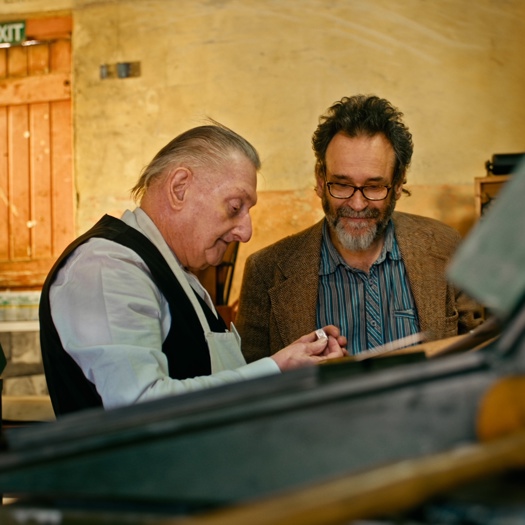Currently housed in the National Trust’s Blickling Estate stately home near Norwich, the museum hopes to find a suitably industrial-themed location that can handle the full John Jarrold Heritage Collection of printing equipment, types and printed material.
The museum, first opened in 1982, was forced to quit its old home of the old Jarrold & Sons printworks in Norwich in late 2019, after the old factory was flattened for redevelopment.
The full collection — just 15% of which can be shown at Blickling — weighs around 150 tonnes, according to Paul Nash, chair of the Norwich Printing Museum Trust.
He told Printweek: “We’re looking for a very solid building, ideally something that is a suitable industrial-style building that would suit a museum, in the heart of Norwich.”
The fraction of the collection displayed at Blickling includes an early 19th Century Columbia hand press and a mechanised Heidelberg press from the early 20th Century.
Nash said: “We’ve chosen objects that represent the whole [of the collection] and that we will be able to use practically: there’s three or four presses of different sorts, some types, and some examples of printed ephemera. All of which is used for displays and demonstrations, as a miniature model of what [the team] wants to achieve in the larger museum.
“Equally important [to the displays] is the practical side: demonstrations, classes, education, keeping those skills alive and passing them on.”
The museum is run entirely by a group of around 20 volunteers, some of whom are printing veterans.
“It will make all the difference for us to have a museum building that can display everything, and run a much more comprehensive series of classes and courses.”
Local filmmaker Joseph Harrington has even produced a video promoting the museum and its mission, according to the Eastern Daily Press.
Alison Starsmore, producer and director, told the paper: “The aim of the film was to raise the profile of the museum and to highlight just how special the collection is and it does that beautifully.
"I also hope it will play a part in securing premises large enough to accommodate the whole collection and a creative future for the museum."
Nash said he was looking forward to the museum finding its own home at last.
“It will make all the difference to us. We’ll be able to start to generate some income from actually having our museum open to the public: we need to raise some funds, obviously, to keep going.”










